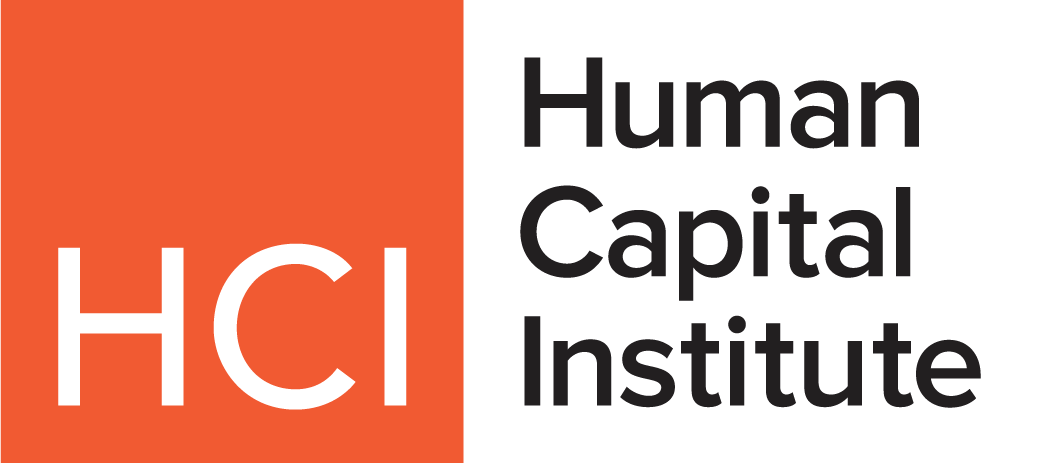For Human Resources professionals navigating the turbulent landscape of Diversity, Equity, and Inclusion (DEI), the path forward requires a new playbook. As organizations retreat from politicized DEI labels, HR is uniquely positioned to lead a more sustainable and effective strategy: implementing science-based decision-making frameworks.
This approach moves beyond contentious rhetoric to focus on what HR does best—building robust systems for talent management. By embedding fairness and objectivity into core HR processes, you can create a resilient, high-performing, and truly inclusive culture that drives business results and withstands external pressures.
A Strategic Toolkit for Modern HR
Science-based decision-making is not another initiative; it is a fundamental upgrade to the HR operational toolkit. It institutionalizes fairness across the employee lifecycle, making it a structural feature of the organization rather than a standalone program.
- Upgrade Talent Acquisition: Move beyond traditional interviews, which are notoriously vulnerable to unconscious bias. Champion the use of structured interviews with standardized questions and consistent scoring rubrics. The data is clear: this method is a far better predictor of job performance and ensures every candidate is evaluated on a level playing field. For HR, this means a more defensible hiring process and a higher quality of hire.
- Systematize Promotions and Succession Planning: Reduce perceptions of favoritism in career advancement. As an HR leader, you can design and implement promotion and succession planning processes that are tied to clearly defined competencies, transparent performance metrics, and measurable achievements. This builds a true meritocracy, enhances employee morale, and strengthens the talent pipeline.
- Enhance Organizational Development: Apply structured processes to team collaboration, resource allocation, and conflict resolution. By creating formal channels for soliciting diverse perspectives, HR can help the organization avoid groupthink and unlock greater innovation. When training opportunities, project assignments, and budgets are distributed based on clear, equitable criteria, it reinforces a culture of fairness and trust.
Embedding Fairness into Your Organization’s DNA
A key advantage of this approach is its sustainability. Unlike one-off DEI workshops that have a fleeting impact, a system of fair decision-making becomes a permanent part of the organizational culture. HR leaders can spearhead this integration.
- Performance Management: Evolve your performance review cycle by incorporating bias-checking tools and standardized evaluation criteria. This ensures assessments are objective, which boosts employee confidence and provides clear, actionable data for professional development plans.
- Learning and Development: Use decision-making frameworks to guide the equitable distribution of L&D resources. When access to training and leadership programs is governed by standardized criteria, it eliminates perceptions of preferential treatment and ensures opportunities are available to all.
- Employee Relations: Implement a structured, transparent approach to conflict resolution. When clear guidelines and objective criteria are used to mediate disputes, it prevents issues from escalating and builds trust, reinforcing a fair and consistent workplace culture managed by HR.
Win Over Critics and Build Trust with Objectivity
This framework directly addresses the most common criticisms leveled against DEI. By anchoring all people-decisions in objective data and performance metrics, you counter the argument that HR initiatives undermine meritocracy. The focus shifts to an employee’s demonstrable contributions, not subjective factors.
This objectivity is a powerful tool for building internal trust. When employees see that the systems for hiring, promotion, and rewards are transparent and applied consistently to everyone, their confidence in the organization grows. For HR, this translates directly to higher engagement, lower attrition, and a more collaborative culture.
By centering the conversation on universal principles of fairness, you depoliticize your efforts and gain buy-in from a wider range of stakeholders. The focus becomes measurable business outcomes—like improved retention and innovation—which provides a compelling, data-driven case for these practices.
An Action Plan for Implementation
As an HR leader, you can drive the transition from traditional DEI to a decision-making framework with these practical steps:
- Train Leaders and Managers: Partner with the business to equip leadership with the knowledge and tools for objective decision-making, focusing on bias mitigation and data literacy.
- Standardize and Codify HR Processes: Lead the effort to develop and document standardized processes for recruitment, performance management, promotions, and conflict resolution.
- Establish and Monitor HR Metrics: Develop a dashboard to track key outcomes, including engagement scores, retention rates by demographic, diversity in leadership, and other performance indicators.
- Create Feedback Channels: Implement regular pulse surveys or other channels for employees to provide feedback on the fairness of the new systems.
- Commit to Continuous Improvement: Treat this as an ongoing process of refinement, using data and feedback to update policies and stay aligned with best practices.
- Leverage HR Technology: Use your HRIS and other data analytics tools to support objective decision-making and ensure the integrity of these new processes.
By championing this paradigm shift, HR professionals can guide their organizations toward a future where inclusivity is not an isolated initiative, but the operational reality of a fair, innovative, and high-performing workplace.
—
Dr. Gleb Tsipursky, called the “Office Whisperer” by The New York Times, helps middle-market leaders transform AI hype into real-world results. He serves as the CEO of the future-of-work consultancy Disaster Avoidance Experts. Dr. Gleb wrote seven best-selling books, and his two most recent ones are Returning to the Office and Leading Hybrid and Remote Teams and ChatGPT for Leaders and Content Creators: Unlocking the Potential of Generative AI. His cutting-edge thought leadership was featured in over 650 articles and 550 interviews in Harvard Business Review, Inc. Magazine, USA Today, CBS News, Fox News, Time, Business Insider, Fortune, The New York Times, and elsewhere. His writing was translated into Chinese, Spanish, Russian, Polish, Korean, French, Vietnamese, German, and other languages. His expertise comes from over 20 years of consulting, coaching, and speaking and training for Fortune 500 companies from Aflac to Xerox. It also comes from over 15 years in academia as a behavioral scientist, with 8 years as a lecturer at UNC-Chapel Hill and 7 years as a professor at Ohio State. A proud Ukrainian American, Dr. Gleb lives in Columbus, Ohio.




